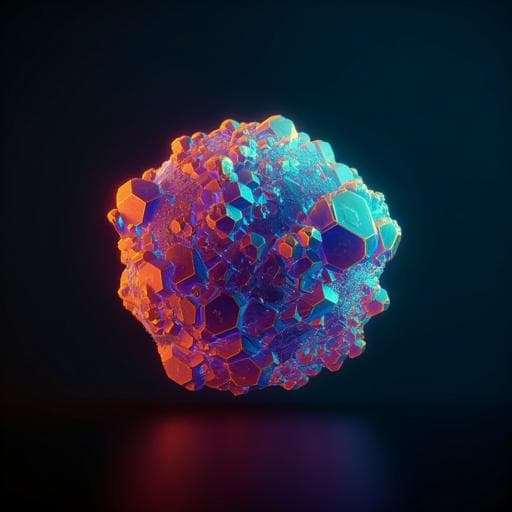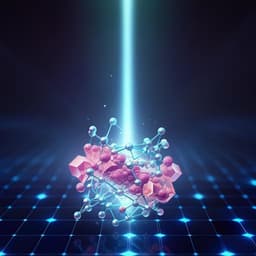
Engineering and Technology
Engineering fluorinated-cation containing inverted perovskite solar cells with an efficiency of >21% and improved stability towards humidity
X. Wang, K. Rakstys, et al.
Discover how a small addition of fluorinated lead salt can transform three-dimensional methylammonium lead iodide perovskite into high-efficiency solar cells with remarkable stability. This groundbreaking research showcases a maximum power conversion efficiency of 21.1% while enhancing hydrophobicity and crystal quality. The work is led by a team from the Centre for Organic Photonics & Electronics at The University of Queensland.
~3 min • Beginner • English
Related Publications
Explore these studies to deepen your understanding of the subject.







